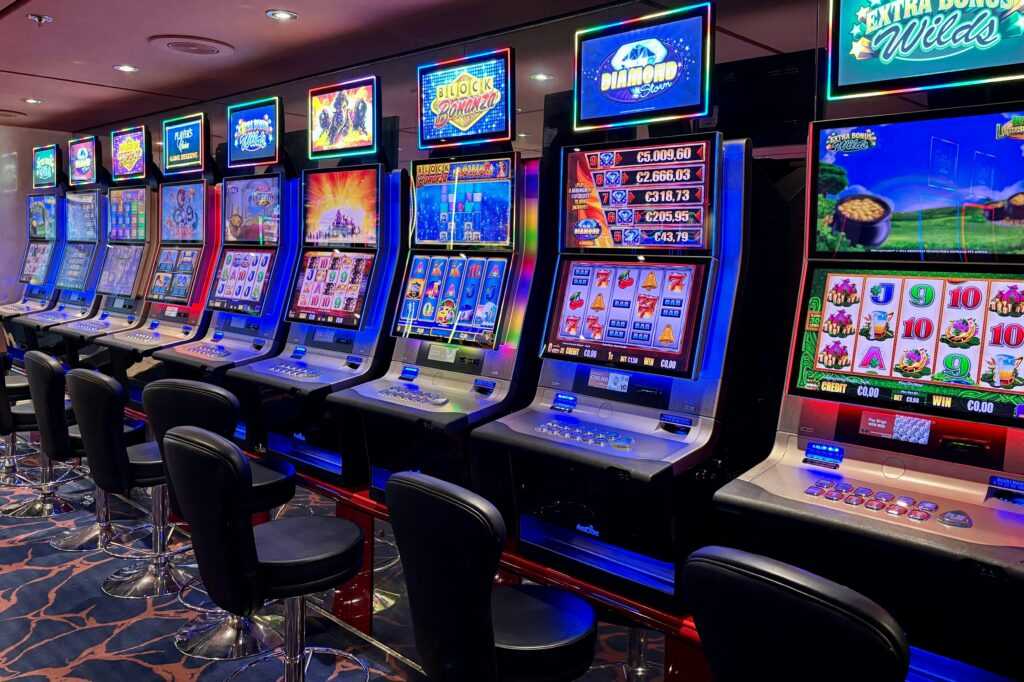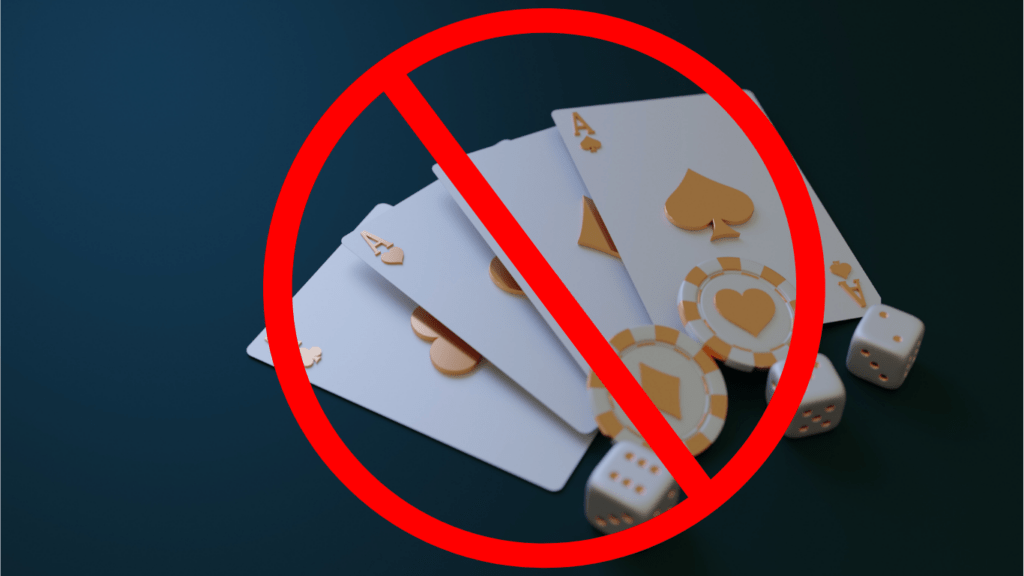Overview of the game
The shapes and colors matching game is designed to help toddlers enhance their cognitive skills while having a blast. This game involves matching various shapes with their corresponding colors, allowing children to learn about both shapes and colors in an interactive way.
How to play
To play the shapes and colors matching game with your toddler, you will need the following types of puzzles for toddlers: Circle in blue Square in red Triangle in yellow Heart in pink
First, spread out the different shapes in front of your child, making sure they are visible and easily accessible. Then, introduce the concept of matching by picking up one shape at a time and asking your toddler to find the matching color. Encourage them to place the shapes together correctly, praising them for their efforts.
Benefits of the game
Engaging in the shapes and colors matching game offers numerous benefits for toddlers, including: Cognitive development: By matching shapes and colors, children enhance their cognitive skills and critical thinking abilities. Fine motor skills: Handling the different shapes and placing them in the correct order helps improve fine motor skills. Color recognition: This game aids in color recognition, allowing children to identify various colors easily.
Tips for a successful game session
Here are some tips to ensure a successful and enjoyable game session with your toddler: Stay patient: Give your child time to process and match the shapes and colors, offering gentle guidance when needed. Keep it fun: Make the game exciting and engaging by using cheerful tones and positive reinforcement. Repeat the activity: Practice makes perfect, so don’t hesitate to play the shapes and colors matching game regularly to reinforce learning.
In conclusion, the shapes and colors matching game is a fantastic way to engage toddlers in a fun and educational activity. With the right types of puzzles for toddlers and a positive attitude, you can create a stimulating learning environment for your child. So, gather the shapes, mix up the colors, and let the matching fun begin!

 Nathansorex Knight is the visionary Founder and Chief Editor of Spin Win Safely, a premier platform dedicated to enhancing the online gambling experience through comprehensive guides, in-depth reviews, and insightful articles. With years of expertise in the industry, Nathansorex is committed to promoting responsible gaming and ensuring that players have access to accurate and up-to-date information.
Under his leadership, Spin Win Safely has become a trusted resource for both novice and experienced gamblers. Nathansorex's meticulous attention to detail and passion for the industry are reflected in the platform's high-quality content, which covers everything from casino reviews and game strategies to the latest industry trends and news.
Nathansorex's dedication to player safety and education is evident in his efforts to provide resources that help users make informed decisions. His authoritative voice and extensive knowledge make him a respected figure in the gambling community, guiding players towards a safer and more enjoyable gambling experience. Through Spin Win Safely, Nathansorex continues to set high standards for excellence and integrity in online gambling journalism.
Nathansorex Knight is the visionary Founder and Chief Editor of Spin Win Safely, a premier platform dedicated to enhancing the online gambling experience through comprehensive guides, in-depth reviews, and insightful articles. With years of expertise in the industry, Nathansorex is committed to promoting responsible gaming and ensuring that players have access to accurate and up-to-date information.
Under his leadership, Spin Win Safely has become a trusted resource for both novice and experienced gamblers. Nathansorex's meticulous attention to detail and passion for the industry are reflected in the platform's high-quality content, which covers everything from casino reviews and game strategies to the latest industry trends and news.
Nathansorex's dedication to player safety and education is evident in his efforts to provide resources that help users make informed decisions. His authoritative voice and extensive knowledge make him a respected figure in the gambling community, guiding players towards a safer and more enjoyable gambling experience. Through Spin Win Safely, Nathansorex continues to set high standards for excellence and integrity in online gambling journalism.
